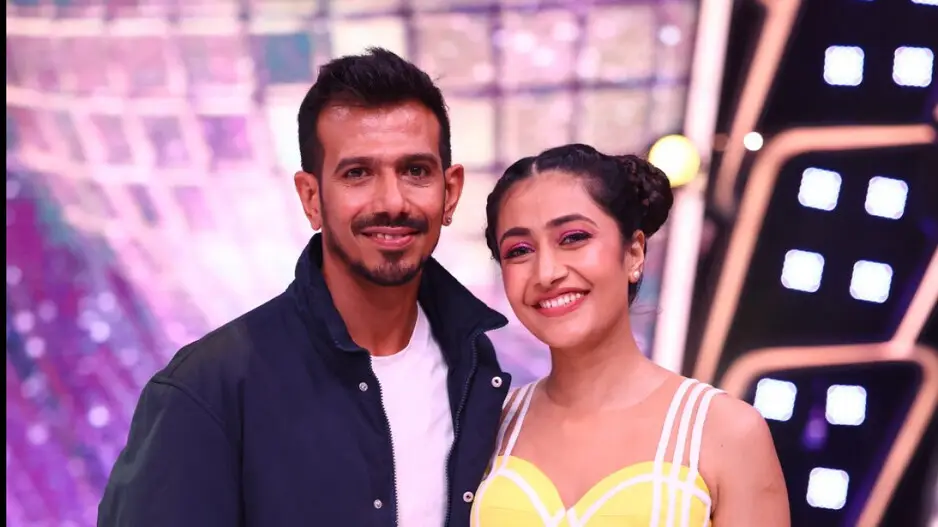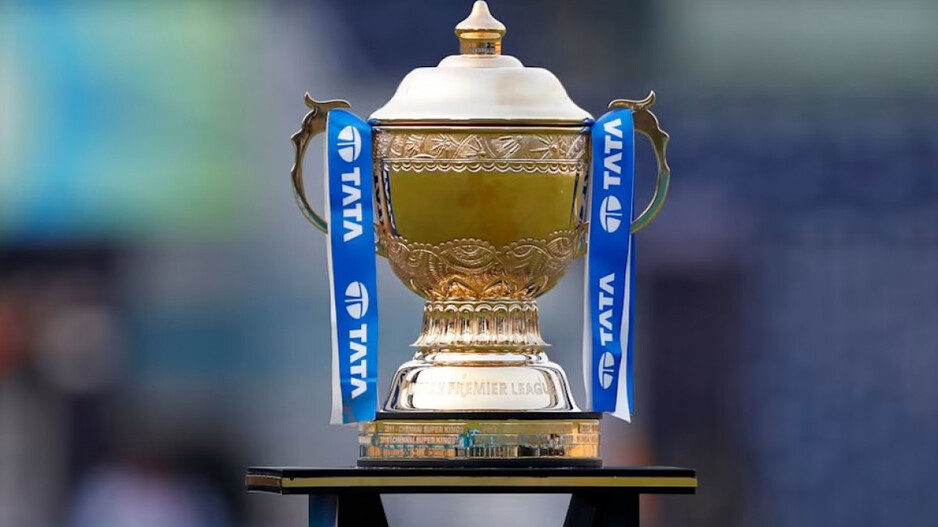/odishatv/media/post_attachments/uploadimage/library/16_9/16_9_0/recent_photo_1742440997.webp)
Chahal & Dhanashree Verma’s divorce sparks debate over dowry vs alimony
The divorce of Indian cricketer Yuzvendra Chahal and choreographer Dhanashree Verma has ignited a heated debate on social media regarding the concepts of dowry and alimony. While celebrity breakups often attract media attention, this case has raised eyebrows due to the significant financial figures involved.
Earlier, reports surfaced suggesting that Dhanashree Verma, an independent woman with a successful career, would receive a staggering Rs 60 crore in alimony. However, new developments have clarified that the actual amount is Rs 4.75 crore. This substantial sum is being classified as alimony, although many are questioning the rationale behind it, given Verma's financial independence and her thriving career in the entertainment industry.
Ban alimony #dhanashreeverma#yuzichahal#alimonypic.twitter.com/3YK9s6gbrh
— Amoxicillin (@__Amoxicillin_) March 19, 2025
The situation has led to a broader conversation about the complexities of dowry and alimony in modern India. Dowry, a traditional system where the bride’s family provides money or gifts to the groom’s family, has long been a controversial practice that perpetuates gender inequality. While it was abolished legally, many argue that it still remains an undercurrent in certain marriages. In this case, some social media users have criticized the concept of a hefty alimony payout for a successful woman like Dhanashree Verma, labeling it a modern-day form of dowry.
On the other hand, others defend the alimony amount, arguing that financial support after divorce is essential, regardless of the individual's financial independence during marriage. The case highlights the evolving dynamics of marital separations, where the lines between dowry and alimony sometimes blur, especially when large sums of money are involved.
As this highly publicized divorce unfolds, it underscores the need for clearer legal frameworks and societal discussions about the fairness and relevance of alimony in modern relationships.
Bombay HC waives cooling-off period in divorce proceedings between Yuzvendra Chahal and Dhanashree Verma

Chahal’s rumoured girlfriend RJ Mahvash shares hilarious video on dating

IPL 2025 opening ceremony buzz: One Republic, Bollywood stars, celebrations across 13 venues on cards

Will BCCI lift saliva ban in IPL? Captains to take call!

/odishatv/media/agency_attachments/2025/07/18/2025-07-18t114635091z-640x480-otv-eng-sukant-rout-1-2025-07-18-17-16-35.png)

/odishatv/media/media_files/2025/09/22/advertise-with-us-2025-09-22-12-54-26.jpeg)